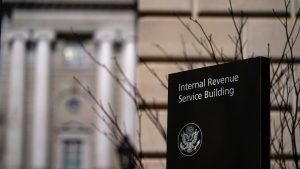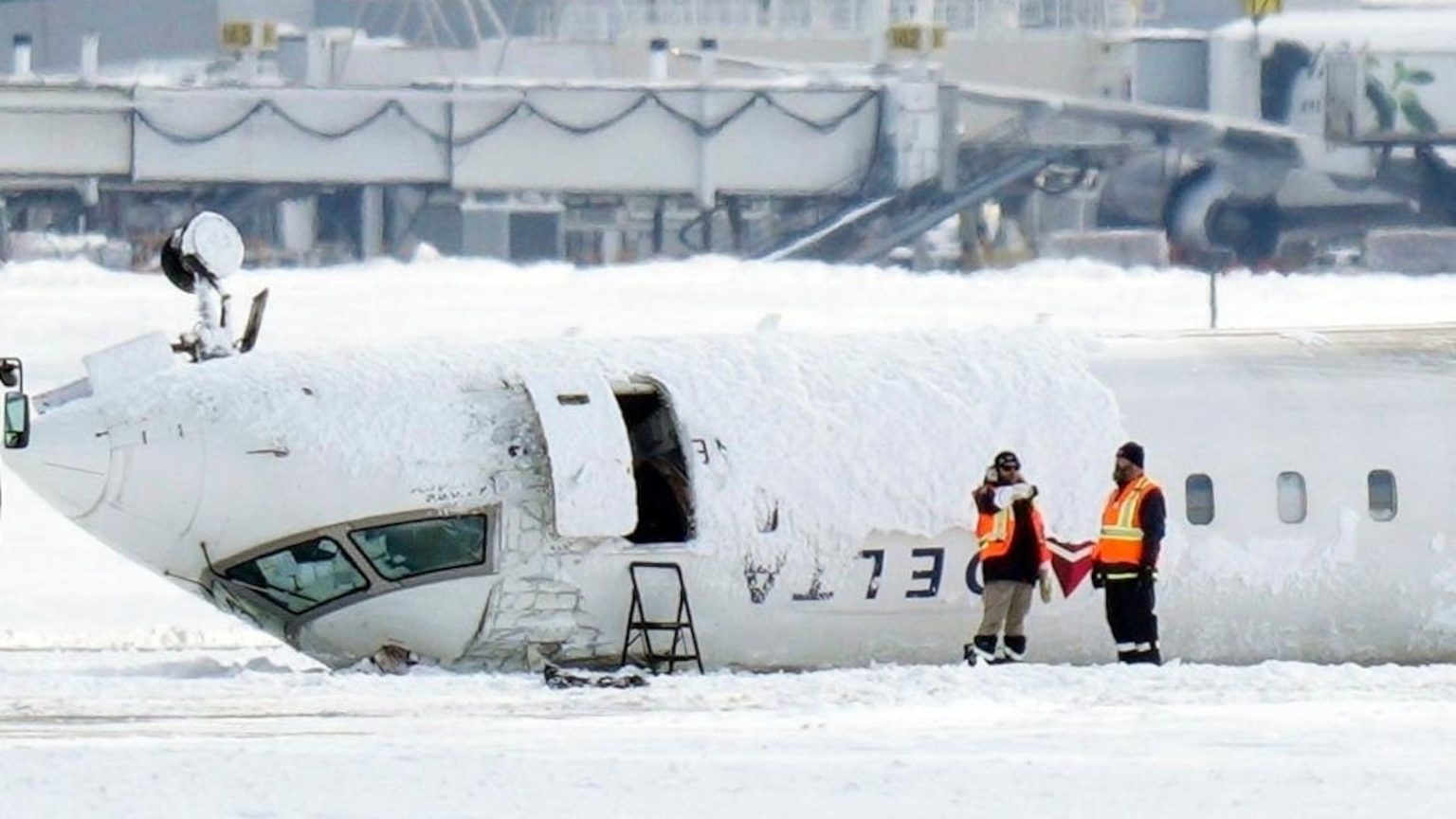Americans’ Confidence in Air Travel Takes a Slight Dip
In recent months, there has been a noticeable, albeit slight, decline in Americans’ confidence in air travel and the federal agencies responsible for maintaining air safety. According to a poll conducted by The Associated Press-NORC Center for Public Affairs Research, this shift in public perception appears to be linked to the tragic collision between an American Airlines passenger jet and an Army helicopter in Washington, which resulted in the loss of 67 lives—the deadliest aviation disaster in the U.S. since 2001.
The survey reveals that while a majority of U.S. adults still view air travel as safe, the percentage has decreased from 71% in 2024 to 64% in 2025. This indicates that certain events, such as the Washington crash, can significantly influence public confidence. However, it’s important to note that air travel remains one of the safest modes of transportation, with fatality rates being extremely low compared to other forms of transportation like driving or walking.
This slight dip in confidence suggests that high-profile incidents can have a profound impact on public perception, even if air travel remains statistically safe. The poll highlights that Americans’ trust in federal agencies responsible for air safety has also declined, which may be attributed to the same event. Understanding these shifts is crucial for maintaining public trust and ensuring the continued safety of air travel.
Shifts in Perception Across Political Lines
The poll underscores a notable difference in how various political groups perceive air travel safety. Among Democrats, the percentage of those who believe air travel is safe dropped from about 75% in 2024 to 70% in 2025. Independents saw an even more significant decline, with their confidence level falling from 60% to 40%. Conversely, Republicans’ views on air travel safety remained unchanged, suggesting that political rhetoric and leadership may play a role in shaping these perceptions.
President Trump’s response to the Washington crash, where he blamed federal diversity and inclusion efforts, may have influenced this shift. His reassurance that flying is safe might have resonated more with his Republican base, while Democrats and Independents, already skeptical of the administration, may have been more affected by the tragedy. This highlights how political leadership can impact public trust, particularly in times of crisis.
The political divide in perception is a critical factor to consider, as it reflects broader trends in how different groups respond to information and leadership. Addressing these differences is essential for maintaining cohesive public trust in air travel safety.
The Role of Government Agencies in Air Safety
The poll also examined Americans’ confidence in federal government agencies responsible for air safety, revealing a decline from approximately 60% in 2024 to just over 50% in 2025. This dip suggests that the public’s trust in these agencies is wavering, potentially influenced by recent incidents and changes in administration.
Democrats and Independents expressed less confidence in these agencies compared to previous years. For Democrats, confidence dropped from 70% to 60%, while Independents saw a similar decline. Republicans, however, maintained their level of trust, indicating a partisan divide in perceptions of government effectiveness.
This shift may be partly attributed to the change in presidential administration and differing priorities between the Biden and Trump administrations. The poll was conducted before the firing of probationary FAA employees, suggesting that other factors, such as political rhetoric and leadership changes, may have contributed to the decline in trust.
The Impact of Recent Incidents on Public Opinion
The Washington crash and other recent incidents, such as a panel detaching from an Alaska Airlines jet in 2024, have likely influenced the public’s perception of air travel safety. These events, while rare, receive significant media attention, which can amplify public concern.
The timing of the poll, conducted shortly after the Washington crash but before another incident in Toronto, indicates that the findings reflect the immediate aftermath of the tragedy. It’s crucial to consider how such events shape public opinion and the importance of transparent communication from authorities to maintain trust.
Addressing these incidents with transparency and accountability is vital for restoring and maintaining public confidence in air travel and the agencies overseeing its safety.
Maintaining Trust in Pilots and Airlines
Despite the decline in confidence in air travel and government agencies, the poll reveals that trust in pilots and commercial airlines remains steady. Approximately 80% of respondents expressed high confidence in pilots, while about 75% felt similarly about commercial airlines. This suggests that the public continues to view these individuals and entities as reliable and competent.
This unwavering trust underscores the critical role that pilots and airlines play in ensuring the safety of air travel. Their professionalism and adherence to safety protocols are key factors in maintaining this trust, even in the face of tragic incidents.
Sustaining this trust requires ongoing commitment to safety and openness in communication, ensuring that the public feels informed and secure when choosing air travel.
Conclusion: Navigating Trust in Modern Aviation
In conclusion, while the recent dip in Americans’ confidence in air travel and federal agencies is concerning, it’s essential to recognize that air travel remains one of the safest modes of transportation. The impact of high-profile incidents and political leadership on public perception cannot be overlooked, but continuous efforts in safety and transparent communication can help mitigate these effects.
Understanding the nuances of how different political groups perceive air travel safety is crucial for addressing these concerns effectively. Maintaining trust in pilots and airlines, while addressing dips in confidence in government agencies, will be key to navigating the complexities of modern aviation and ensuring continued public trust.
In moving forward, it’s imperative to learn from these events and enhance communication strategies to foster a resilient and informed public perception of air travel safety.















